
Lap Thach Irrigation Company Limited implements measures to drain water from Van Truc Lake, ensuring dam safety during the flood season. Photo: Chu Kieu
Responding to storm No. 3 and post-storm floods, Lien Son Irrigation Company Ltd. proactively opened the self-flowing drainage sluice and operated the buffer drainage pumping station, closed the 5-gate sluice, and stopped operating the irrigation pumping stations from September 6.
Up to now, the water level at the drainage channels and pumping stations managed by the company remains stable, and the area serving agricultural production has not been flooded.
However, due to the impact of storm No. 3, 1.6km of the canal system managed by the company had its inner roof eroded, especially the main canal system of Lien Son had a landslide of nearly 1km. In addition, a number of construction items belonging to the Lien Son irrigation system were damaged, including 1 pumping station with a collapsed management house; 1 factory, 3 pumping stations with broken roofs; 1 pumping station had its electric wires cut by a fallen tree, etc.
Director of Lien Son Irrigation Company Limited Do Xuan Hoang said: “To ensure safety and operational capacity for irrigation works, the company directs its affiliated units to urgently inspect, review, promptly detect and report incidents, implement temporary solutions and propose long-term solutions.
In addition, continue to closely monitor the weather situation, proactively implement measures to drain water at localized flooded areas, clear drainage channels, and prepare drainage equipment when needed. Timely propagate and warn people about the safety level of damaged and degraded irrigation works that have not been repaired.
Due to the impact of storm No. 3, from September 6 to 8, heavy rain and thunderstorms occurred in the province, with rainfall ranging from 100 to 200mm, and in some places over 350mm. By the end of September 8, most of the large dams in the province were at overflow levels, and the Irrigation One Member Co., Ltd. had discharged water from three reservoirs, including Thanh Lanh, Xa Huong and Dai Lai. The Dai Lai reservoir spillway transformer station lost power but was promptly repaired, ensuring safe water levels and spillway discharge operations.
To ensure drainage capacity, the management unit has operated 6 large capacity pumps at 3 pumping stations Kim Xa, Ngu Kien and Nguyet Duc; in which, the power line problem at Nguyet Duc pumping station has been repaired and overcome, ensuring capacity and operational efficiency.
To ensure the capacity and efficiency of operations at irrigation works, the Provincial People's Committee directed the Department of Industry and Trade and Vinh Phuc Electricity Company to proactively develop plans to prevent and respond to power incidents in bad weather conditions, prioritizing power supply for important loads including pumping stations, power systems at large dams such as Dai Lai, Thanh Lanh, Xa Huong, etc.
Staff of Lien Son Irrigation Company Limited regularly monitor water levels and flows to ensure the operation of Dam Ca pumping station (Binh Xuyen). Photo: Chu Kieu
At the same time, the Provincial People's Committee issued a document directing the Department of Agriculture and Rural Development to coordinate with departments, branches and localities to review and delimit crop areas at risk of flooding to develop a drainage plan suitable to the actual situation.
Identify important irrigation works that are prone to incidents during heavy rains, especially irrigation reservoirs under construction or in critical condition, to take timely measures. For unsafe reservoirs, it is necessary to consider not storing water and actively draining water to catch floods.
The operation of reservoirs must comply with approved procedures, adjust water levels appropriately to handle floods, ensure safety, and not discharge flood water abnormally, causing danger to downstream areas; strengthen propaganda and early warning for downstream people before releasing flood water according to regulations. For reservoirs with low storage capacity, there must be a reasonable water storage plan.
Strengthen inspection and review of irrigation works, especially at vulnerable points, promptly detect and handle incidents from the first hour; request specialized units to assign forces to be on duty 24/7 when floods occur, especially for irrigation works at risk of incidents according to the "4 on-site" motto.
With synchronous and effective solutions in natural disaster prevention and ensuring the safety of irrigation works, up to now, the whole province has had no human casualties. However, the total estimated damage to agriculture and infrastructure is nearly 21 billion VND.
In fact, the irrigation system not only ensures the supply of irrigation water for agricultural production but also contributes to reducing, regulating floods and draining water. Therefore, ensuring the safe and stable operation of irrigation works is always a top priority, especially during the rainy season.
Hoang Son
Source: https://baovinhphuc.com.vn/Multimedia/Images/Id/116881/Dam-bao-kha-nang-van-hanh-an-toan-on-dinh-doi-voi-cac-cong-trinh-thuy-loi


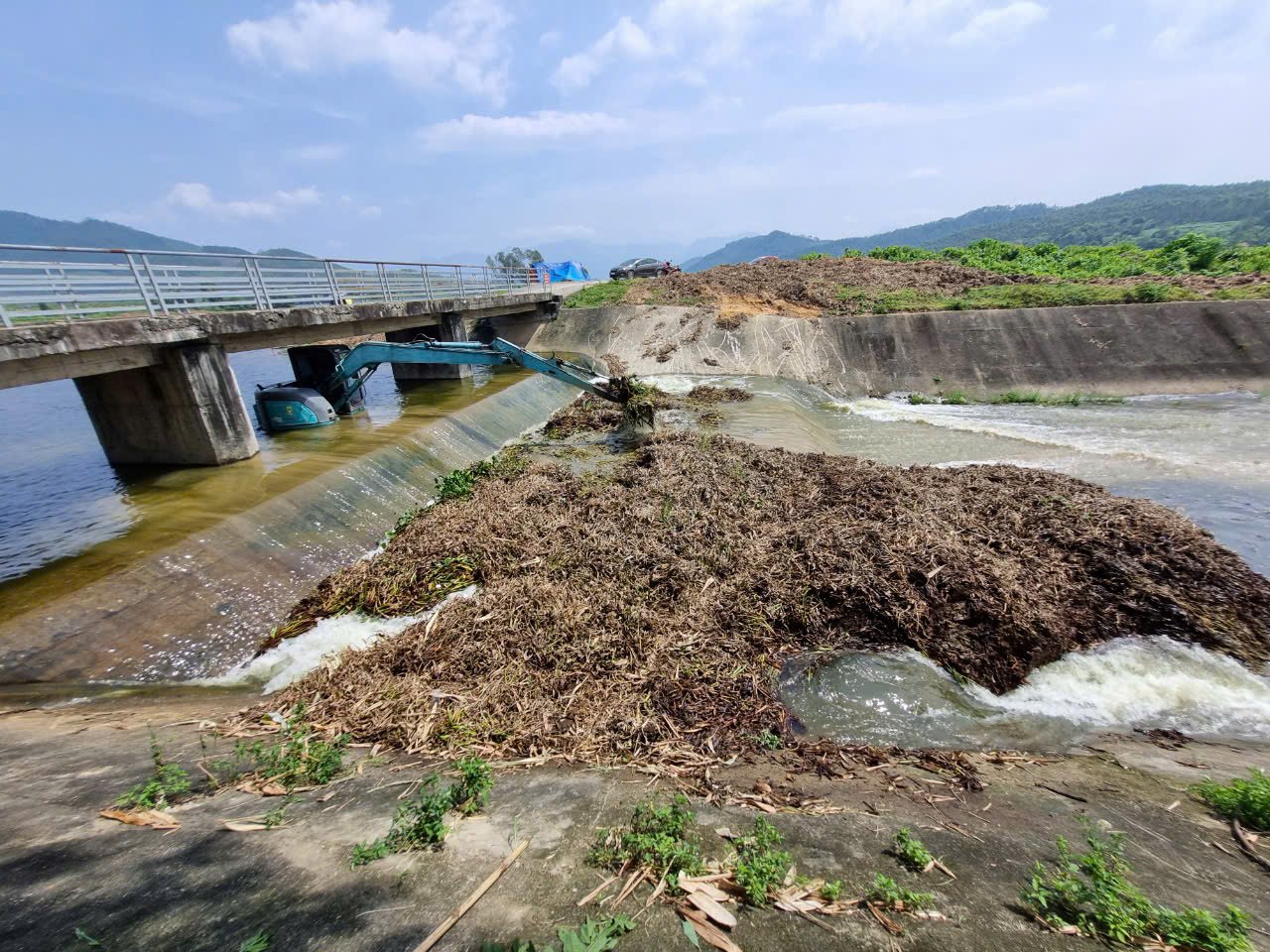
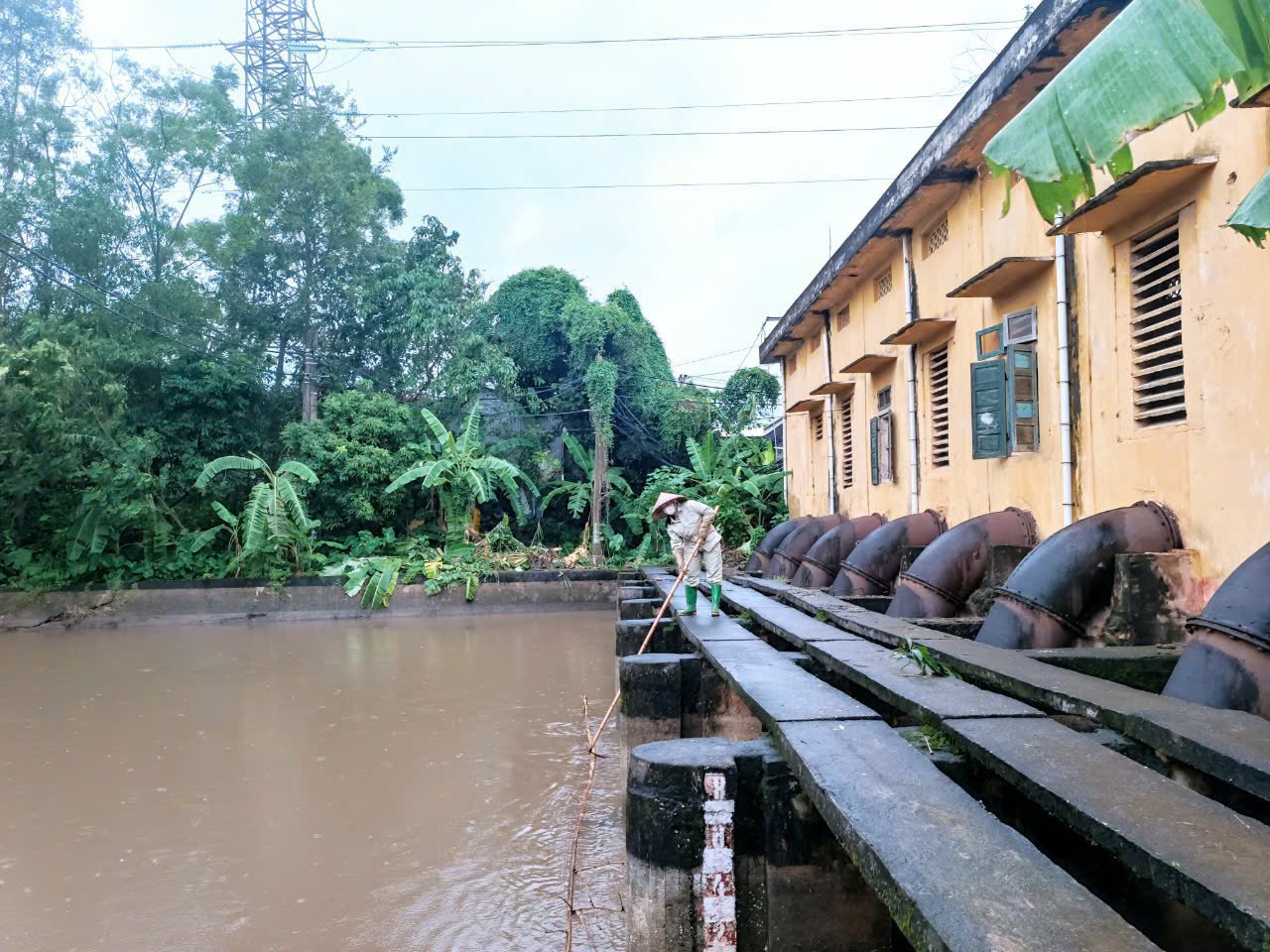

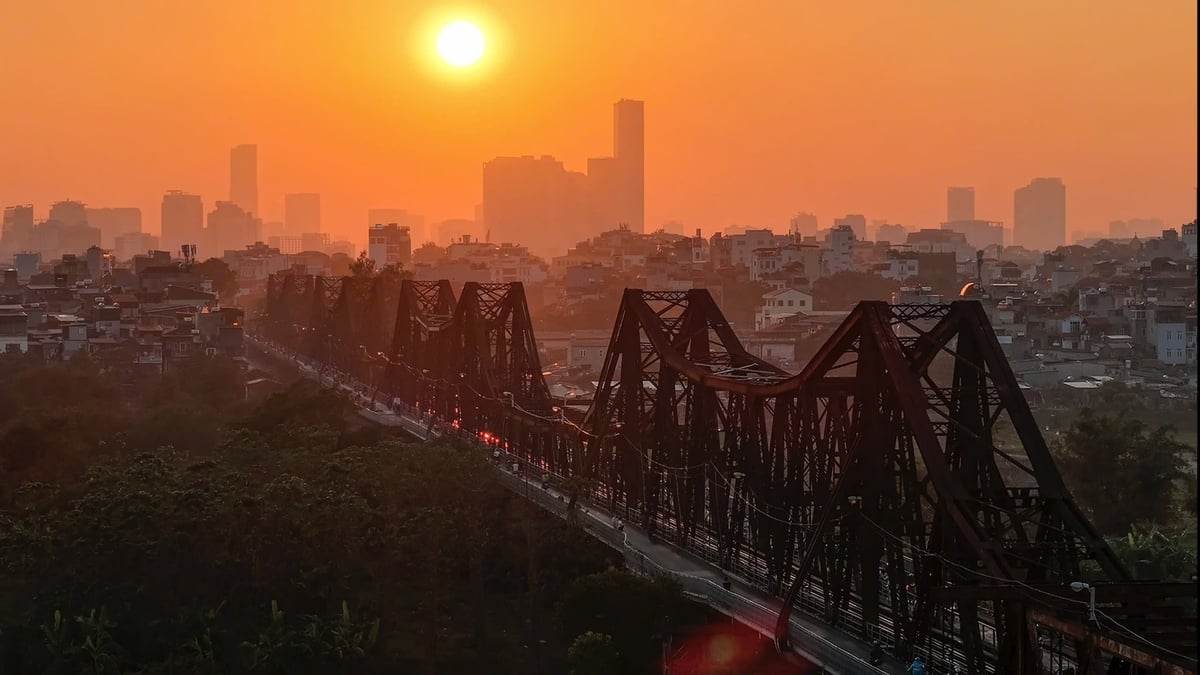







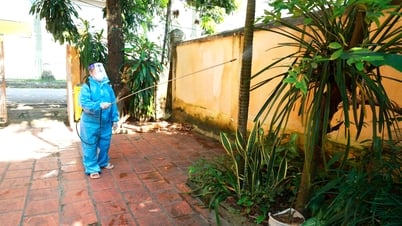











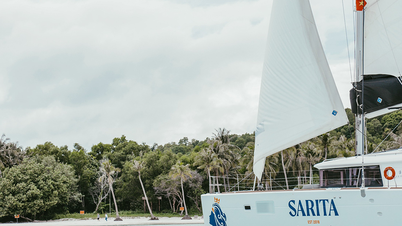

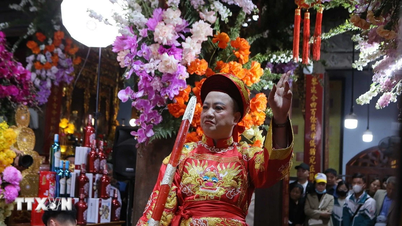







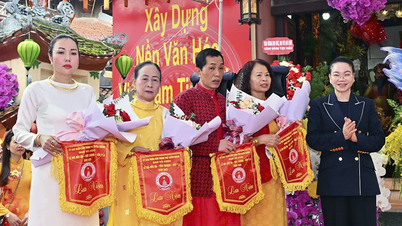


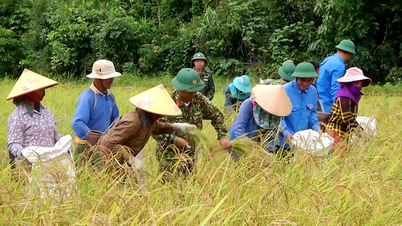
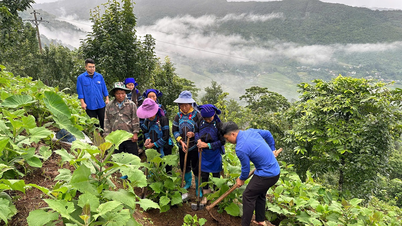




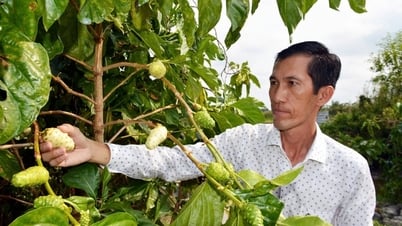




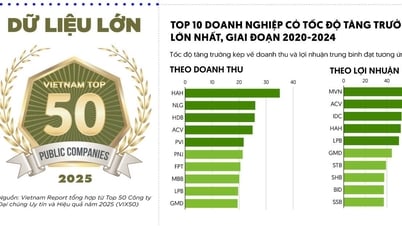




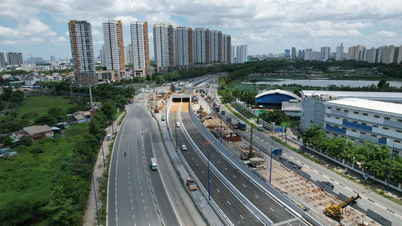
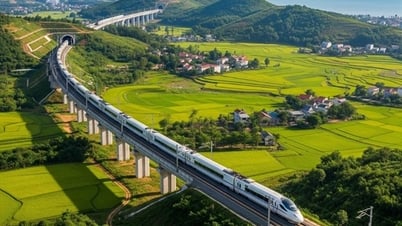
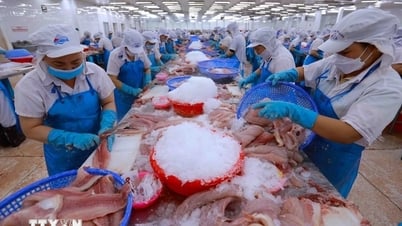







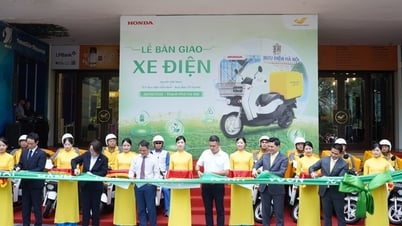






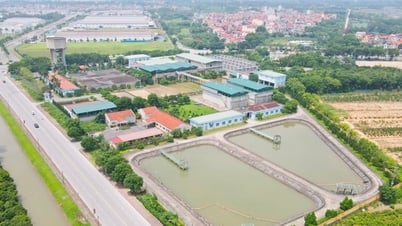

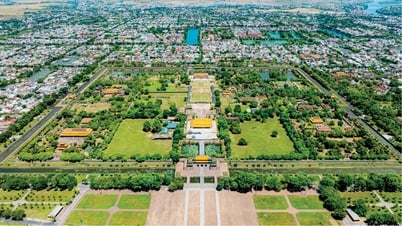


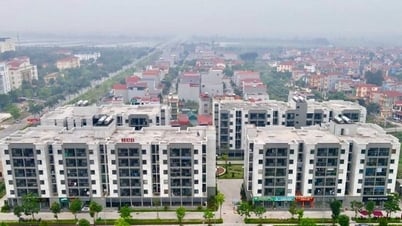




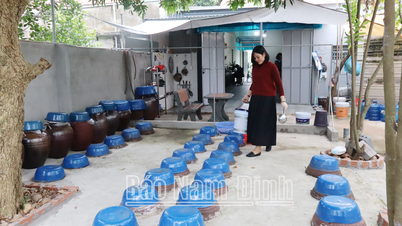



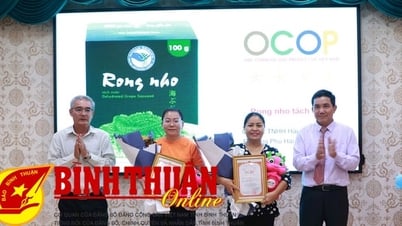



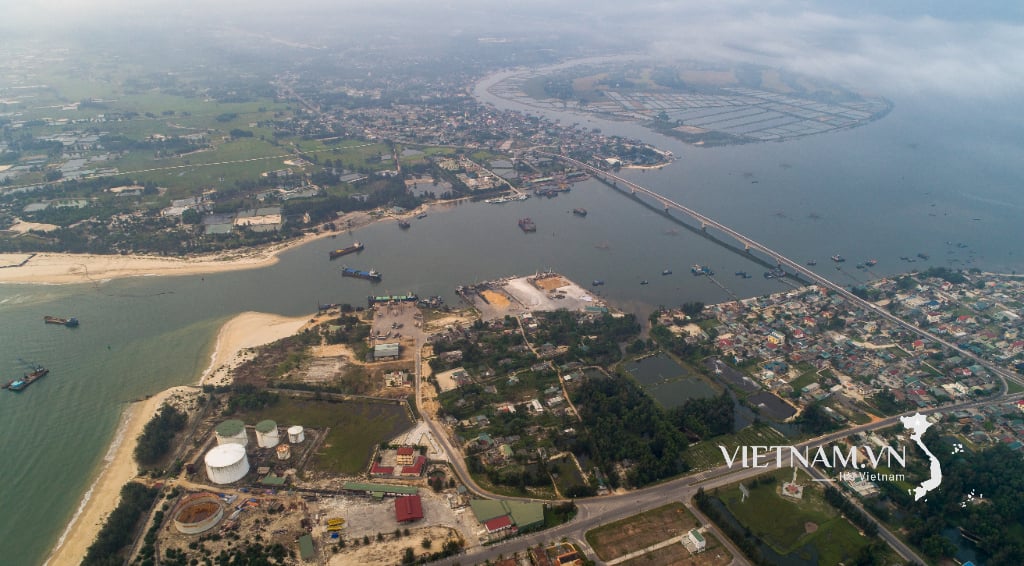



Comment (0)